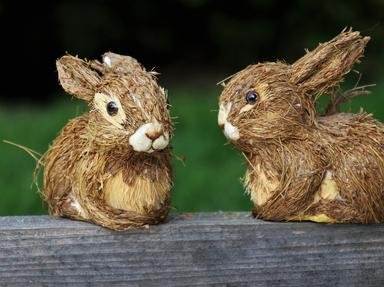Quiz Answer Key and Fun Facts
1. The earliest domesticated cattle, Bos Taurus, were first seen 10,500 years ago in the Taurus mountains of what modern day nation?
2. Christopher Columbus was the first to introduce cows to the New World. On which of his journeys did he bring the cows?
3. Several Kansas cities were known as "Cow Town." Which one was the first?
4. While she was cleared officially, what was the name of the cow-owning Irish immigrant sometimes blamed for the Chicago Fire of 1871?
5. What French scientist helped protect the lives of millions of milk drinkers by perfecting a method for killing microbes using heat?
6. What were New York City cows feeding on that led them to produce bluish "swill milk" during the 19th century?
7. What was the fate of the US President who had a pet cow named Pauline Wayne?
8. What was the first US city to have federally subsidized milk in its public schools?
9. The "Iowa Cow War" of 1931 was about public health efforts to stop the spread of what disease?
10. The first "Cow Parade" sculpture display in the United States was held in what major US city in 1999?
Source: Author
parrotman2006
This quiz was reviewed by FunTrivia editor
ponycargirl before going online.
Any errors found in FunTrivia content are routinely corrected through our feedback system.

